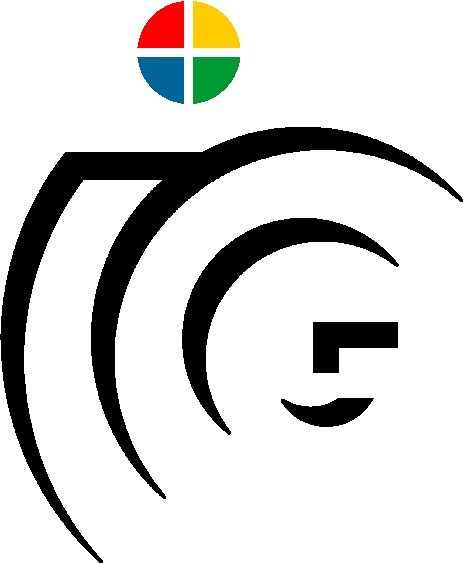MANGO-I Dataset
This grocery food dataset has been collected within the project MANGO (Mobile Augmented Reality for Nutrition Guidance and Food Awareness). It contains 1719 videos comprising 23 classes, which are subdivided into 98 subclasses. Details about classes and used mobile phones can be found below in Tables 1-3.
Due to the nature of the dataset and the comprehensive annotation, it is well suited to train and test algorithms for food recognition with respect to raw grocery items (fruits, vegetables) and hierarchical classification.
Class Overview
| 1 | cherries | 2 | apricots | 3 | strawberries | 4 | blackberries | 5 | blueberries |
| 6 | currants | 7 | chanterelles | 8 | champignons & mushrooms | 9 | apples | 10 | tomatoes |
| 11 | salad | 12 | pears | 13 | broccoli | 14 | cauliflower | 15 | cabbage |
| 16 | peppers | 17 | grapes | 18 | bananas | 19 | herbs | 20 | horseradish |
| 21 | plums | 22 | damsons | 23 | raspberries |
The 23 classes have been further split into 35 visually distinct classes, e.g. sorts like "peppers" have been split into four classes (yellow, green, red and mixed). See Table 2 for a list of classes.
| 1 | cherries | 2 | apricots | 3 | strawberries | 4 | blackberries |
| 5 | blueberries | 6 | chanterelles | 7 | champignons | 8 | tomatoes on the wine |
| 9 | green salad | 10 | pears | 11 | broccoli | 12 | cauliflower |
| 13 | cabbage | 14 | grapes | 15 | bananas | 16 | herbs |
| 17 | horseradish | 18 | plums | 19 | damsons | 20 | raspberries |
| 21 | red currants | 22 | black currants | 23 | white currants | 24 | brown mushrooms |
| 25 | red apples | 26 | green apples | 27 | mixed tomatoes | 28 | beef tomatoes |
| 29 | Kumato tomatoes | 30 | iceberg salad | 31 | Lollo Rosso salad | 32 | yellow peppers |
| 33 | green peppers | 34 | red peppers | 35 | mixed peppers |
Recording Devices
The videos were recorded in two SPAR grocery stores in HD (1920x1080 and 1280x720) using five mobile phones (Samsung Galaxy S2, Samsung Galaxy S3, Motorola Moto G, HTC One, LG Nexus 4). Table 3 lists the models with resolution and abbreviation used within the dataset.
| Model | Resolution | Abbreviation |
| Samsung Galaxy S2 | 1920x1080 | gxs2 |
| Samsung Galaxy S3 | 1920x1080 | gxs3 |
| LG Nexus 4 | 1920x1080 | nex4 |
| HTC One | 1280x720 | htco |
| Mototola Moto G | 1280x720 | motg |
File Naming Convention
The videos were named following a simple convention. When the name is split using "-" as delimiter, the first number is the main class of the above listed 23 food classes. The second number is the subcategory (one of total 98) and the third is a sequential number of recordings with the same mobile phone and of the same food item. These three numbers are followed by the abbreviation of the mobile phone as listed in Table 3. For some videos there is another tag "i1" or "i2" as abbreviation for an intuitive recording, where the subjects were not instructed beforehand.
The second number is intended to be used for hierarchical computer vision methods, where a class is further split into subclasses.
Example: 2-7-2-htco-i1.mp4 denotes the 7th subclass of apricots and the 2nd recording of this class with the mobile phone HTC One.
License
By downloading the database you agree to the following restrictions:
- The MANGO-I database is available for non-commercial research purposes only.
- The MANGO-I database includes images obtained from Spar grocery stores which are not property of Graz University of Technology. Graz University of Technology is not responsible for the content nor the meaning of these images. Any use of the images must be negociated with the respective picture owners. In particular, you agree not to reproduce, duplicate, copy, sell, trade, resell or exploit for any commercial purposes, any portion of the images and any portion of derived data.
- You agree not to further copy, publish or distribute any portion of the MANGO-I database. Except, for internal use at a single site within the same organization it is allowed to make copies of the database.
- All submitted papers or any publicly available text using the MANGO-I database must cite the following paper:
MANGO - Mobile Augmented Reality with Functional Eating Guidance and Food Awareness
Georg Waltner, Michael Schwarz, Stefan Ladstätter, Anna Weber, Patrick Luley, Horst Bischof, Meinrad Lindschinger, Irene Schmid, and Lucas Paletta
In Proc. International Workshop on Multimedia Assisted Dietary Management (MADIMA, in conjunction with ICIAP), 2015 - The organization represented by you will be listed as users of the MANGO-I database.
Download Instructions
If you agree with the terms of the license agreement, you can request the MANGO-I download via this request form.
Acknowledgements
This work was supported by the Austrian Research Promotion Agency (FFG) under the project Mobile Augmented Reality for Nutrition Guidance and Food Awareness (836488).

- Team
- Research
- Open Student Projects
- Publications
- Completed Theses
- Downloads
